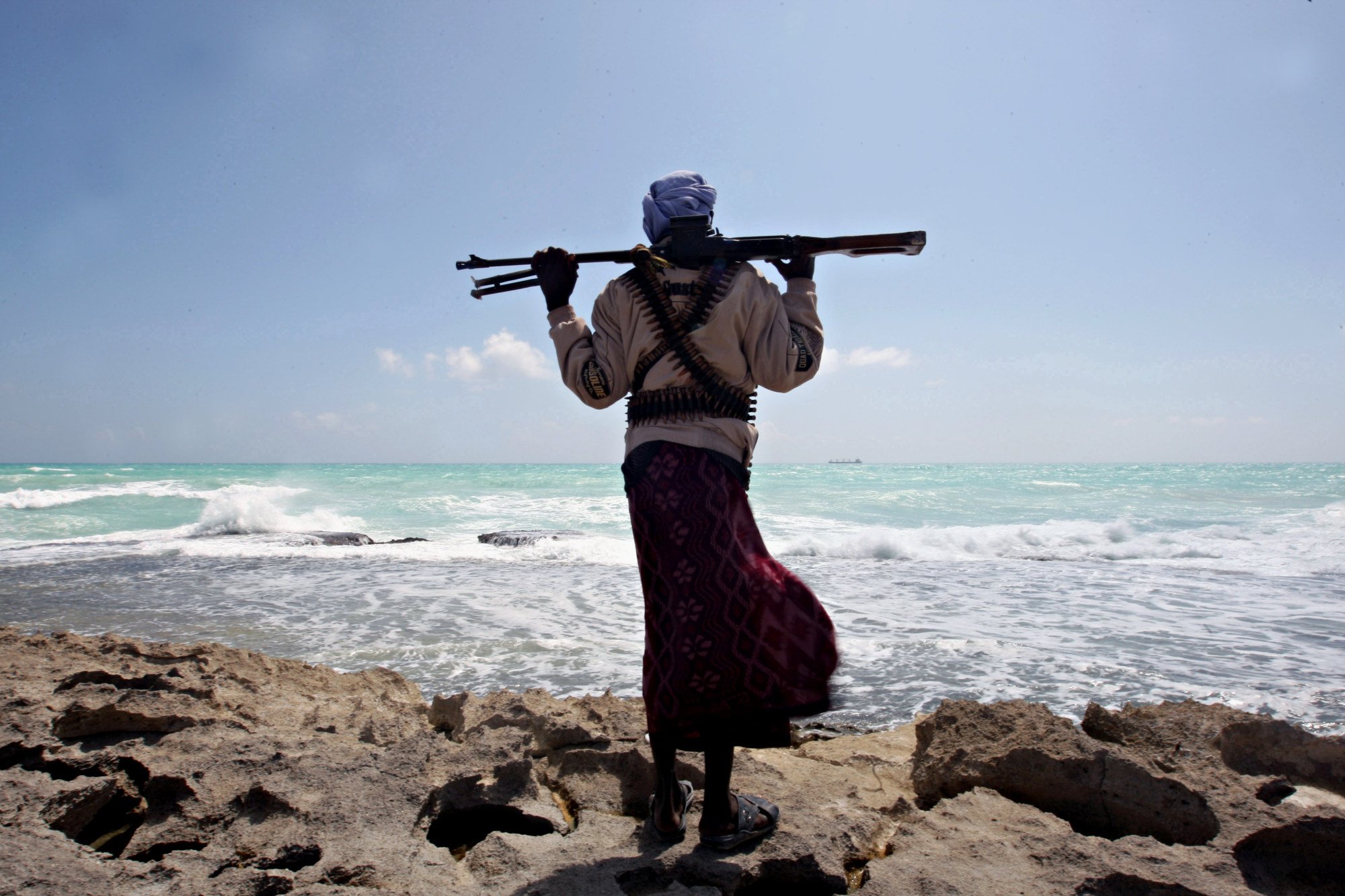
Amid Red Sea clashes, India and Asean must work to secure the Indian Ocean
- Indian Ocean stability and security are vital for Southeast Asia, to defend against pirates and secure oil cargo and trade. Amid US-China rivalry, India is Asean’s natural security partner
Similarly, India recognises the need to bolster its geopolitical position in the Western Pacific. Thus, while the Indo-Pacific concept integrates the Indian and Pacific oceans into one strategic region, dominant discourses of the region remained primarily centred on the latter.
The stability and security of the Indian Ocean region are undeniably important to Southeast Asia. The ocean covers 80 per cent of the global maritime oil trade. Developing countries in the Pacific depend on crude oil imports from the Middle East that transit through the Indian Ocean.
According to the Economic Research Institute for Asean and East Asia, Asean’s oil demand is expected to increase swiftly, growing 4.1 per cent per year to 2040. At the same time, regional production is anticipated to decrease significantly.
These Southeast Asian seafarers are often at the receiving end of non-traditional security threats in the Indian Ocean region, like piracy. Filipino seafarers are more at risk of being held hostage by Somalian pirates than those from any other nation. With security conditions in the Indian Ocean likely to degrade without further action, the safety of Southeast Asian seafarers remains a worry.

Given these critical challenges, it is in the best interest of Southeast Asian countries to secure their vital interests in the Indian Ocean. Yet most of them have a limited and reactive diplomatic presence in the Indian Ocean.
Moreover, India’s role in the Indian Ocean region has always been based on equitable cooperation and strategic autonomy, rather than bloc politics. Given the growing stakes for Southeast Asia, both Asean and India have the potential to operationalise their comprehensive strategic partnership towards ensuring Indian Ocean stability, sustainability and prosperity.
There are several key areas for collaboration. First, joint maritime surveillance and information sharing can be developed, establishing a comprehensive system to monitor and address security threats.
Second, India and Asean members can collaborate on capacity-building initiatives, including training programmes, workshops and joint exercises. This would not only enhance Southeast Asia’s maritime capabilities but also share best practices and expertise in maritime domain awareness, search and rescue operations, and disaster responses.

Third, joint anti-piracy operations such as coordinated patrols and joint naval operations can combat piracy and armed robbery in Indian Ocean.
Fourth, establish a framework for joint humanitarian and disaster relief operations, prioritising Indian Ocean emergencies by developing and maintaining a network to deploy assets and resources quickly.
Fifth, Asean members must deepen engagements within Indian Ocean institutions. Indonesia, Malaysia, Singapore and Thailand are part of the Indian Ocean Rim Association; it would be beneficial for other Asean members to engage as dialogue partners. Accordingly, India can facilitate the integration of Southeast Asian non-members in the association.
This can hardly be an exhaustive list given the growing concerns of Southeast Asian countries over Indian Ocean stability and security. The time is ripe to maximise the utility and scope of the Asean-India comprehensive strategic partnership when it comes to the Indian Ocean.
Dr Shristi Pukhrem is deputy director (academics and research) at the India Foundation
Don McLain Gill is a Philippines-based geopolitical analyst, author, and lecturer in the Department of International Studies, De La Salle University, the Philippines


